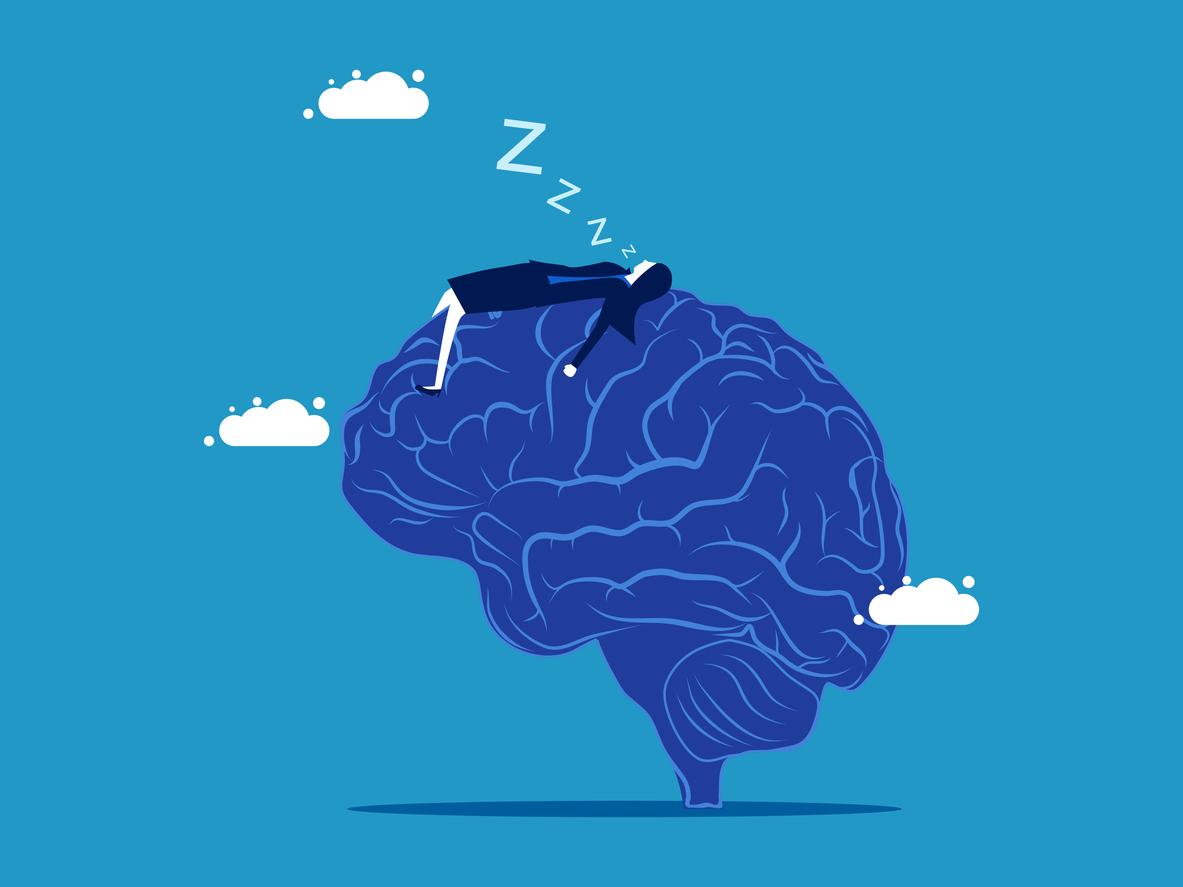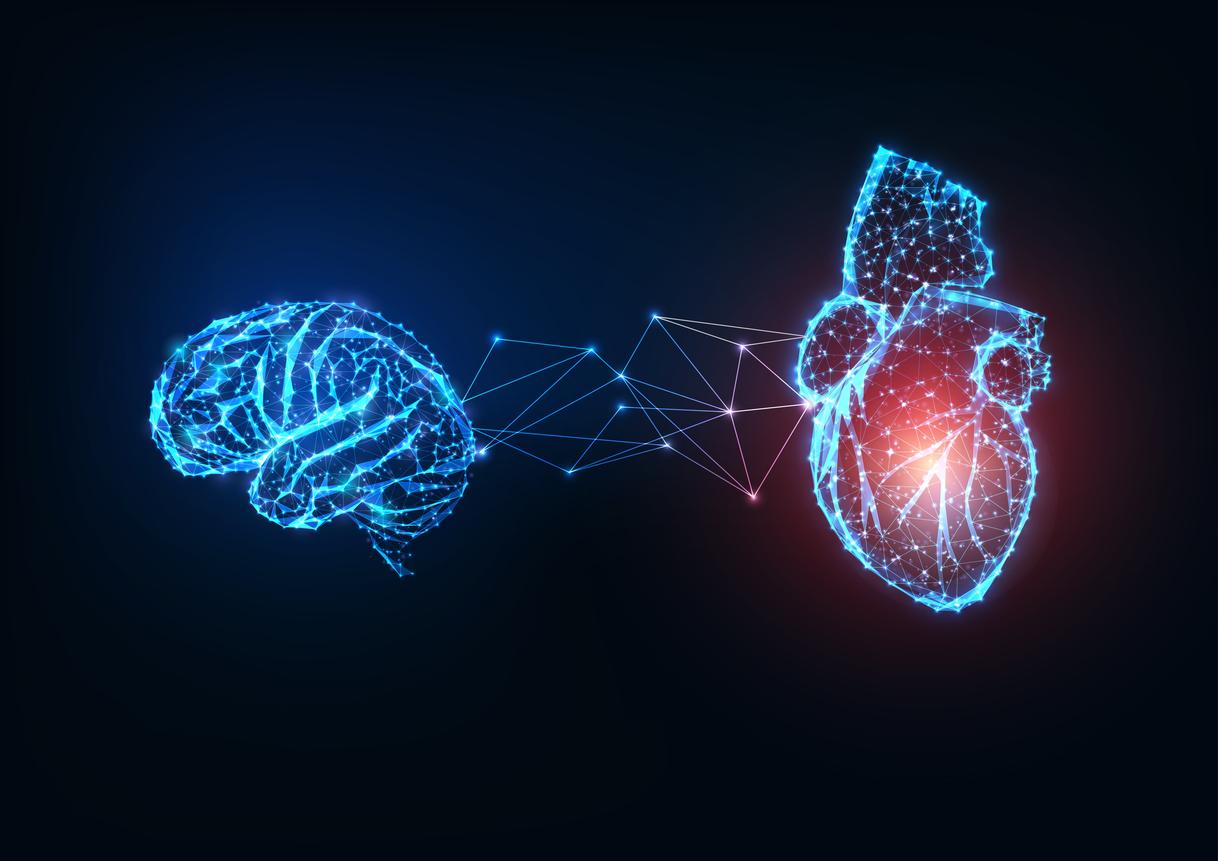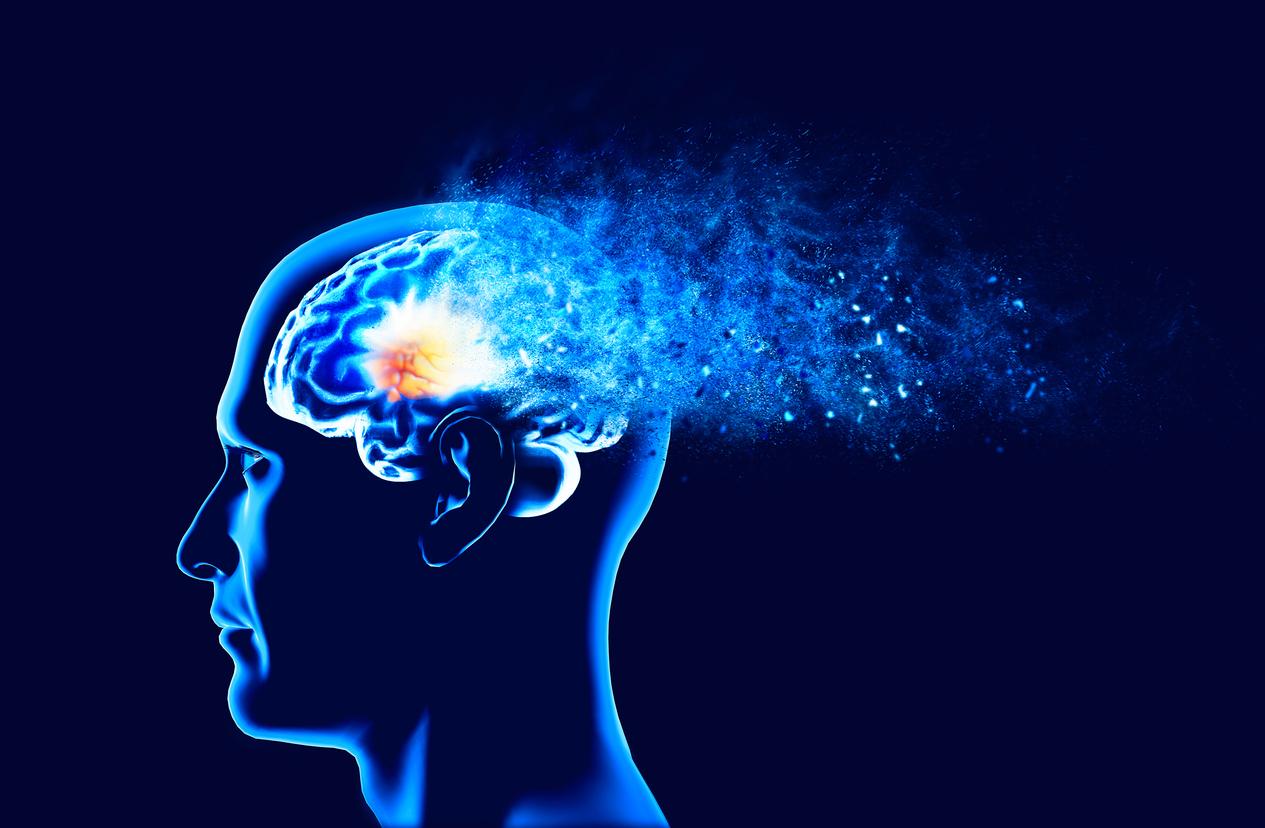The latest study by Australian researchers at the University of Queensland and published in the professional journal Science Translationnal Medicine is a real advance in the possible treatment of Alzheimer’s disease. Researchers believe they have found a new weapon against this form of degeneration. This time, it’s not about drugs but ultrasound, used to break down the tangles of protein plaques present in the brain and linked to Alzheimer’s disease.
This ultrasound technique was tested on mice and the mice regained their memory, as was later demonstrated by taking them to a maze navigation test. “Our research was above all exploratory and we did not expect to have such success” explained Prof. Juergen Goetz of the University of Queensland, Brisbane.
The mice had been genetically engineered to produce amyloid plaques (clumps of proteins involved in neurodegenerative diseases). Scientists found that ultrasound scans had almost completely erased these plaques in 75% of rodents, with no apparent damage to brain tissue.
Next test on sheep
Scientists have yet to decide whether amyloid plaques are the cause or consequence of Alzheimer’s disease. But they know that their destruction by ultrasound allowed rodents to recover part of memory, especially spatial memory since they found their way back in a labyrinth.
The next step in this research will be to treat sheep to see if ultrasound has the same effect on thicker skulls and larger brains. “It will undoubtedly be time before we carry out the first studies on humans. Especially since we must also verify that there are no long-term effects” added Prof. Goetz. .
Read also :
Dementia: sleeping pills and antihistamines could promote it
Vitamin D deficiency increases the risk of dementia


















